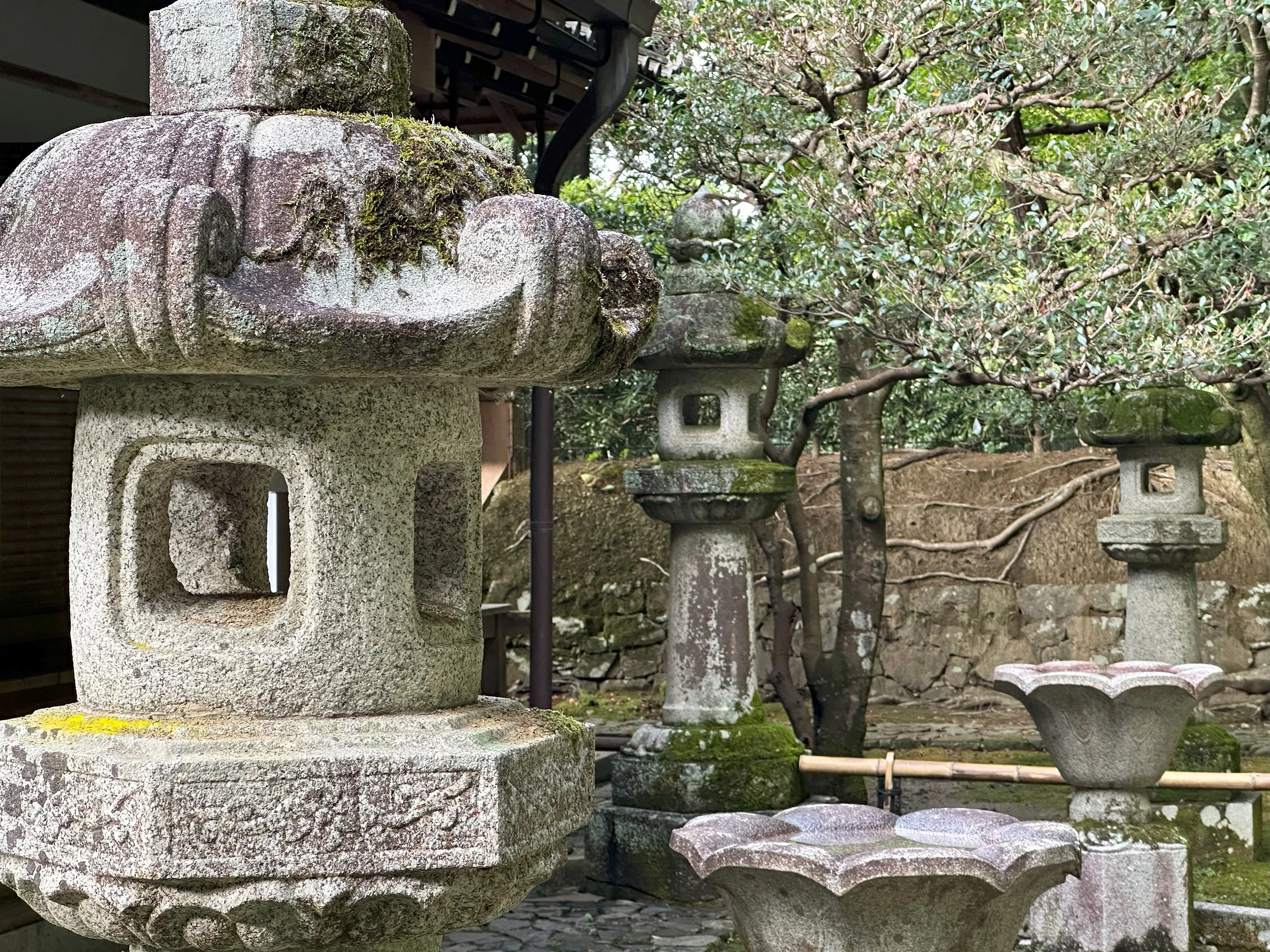
Page 5 of 6
Kyoto, Japan
When we shake off the darkness and harness the light
Despite just leaving Taipei, we’re back in Japan, but instead of Osaka, this time we’re spending some time in Kyoto.
It took me eight and a half hours to get from my hotel in Seoul to my hotel in Kyoto, on a plane with a flight time of only 75 minutes. Some of that length is most definitely my fault- I gave myself a lot of extra time at Incheon before my flight and could have easily cut an hour or more off from there. Some of the time is the time it takes getting to and from airports. The Seoul A’Rex train was 40 minutes plus a subway ride, and the JR Haruka train from Kansai to Kyoto is twice that. But the real killer was immigration at Kansai. A week ago, it took 5 minutes there, but on this trip it took at least 2 hours. It wasn’t me- I went through really fast- it was that everything was different and busier. A lot, lot busier. By the time I got to Kyoto Station it was already dark and, as always, the view from the station’s seventh floor probably doesn’t make all that much sense. even if you’ve been there before.
This page of the Kyoto slideshow is all about pilgrimages, and the first one is to Arishiyama- for reasons that will make sense all too soon.
There is only one real reason to visit Arishiyama, and that’s this.
The bamboo forest there is spectacular, and all of the guide books (or. more accurately, travel sites and YouTube videos) suggest getting there early before the crushing crowds destroy the vibe too much. Of course all of the visitors read all of the same guides, so right away, leaving the train station, it was easy to spot early morning determined tourists purposely walking to the bamboo grove, ready to do whatever it took to get that picture without all the crowds. As for me, well, it’s nice to have pictures (and experiences) without crowds, but it’s also not a dealbreaker.
My second pilgrimage site was the Miho Museum, which involved a train to an hour long bus ride up and into the mountains.
The Miho Museum was designed by IM Pei and its entry is exceptional, in fact it’s so exceptional that it easily warrants these six pictures. You start at an entry pavilion (not pictured) that leads to a wide path through the forest and to a tunnel. The tunnel curves, slowly revealing a bridge at its far end that leads to the actual museum building.
I loved this entry and found myself walking it a few times in both directions. Back and forth and back and forth again. Wonderful.
Here is the look back at the bridge and the tunnel portal that faces the museum.
The museum was not busy. The buses run about once an hour, and even though the first bus of the day was mostly full, those visitors quickly dispersed and it was easy to have the building all to yourself. These two pictures are from the entry and face opposite each other. The first picture shows the view back to the bridge through a circular door, while the second picture frames the mountain view you see upon entering.
The collection at the Miho Museum is world class with mostly ancient artifacts. There is no photography in the galleries but you are allowed all of the pictures you can take in the public areas, which honestly was the reason I made the pilgrimage and for me, far more interesting than its world class collection.

